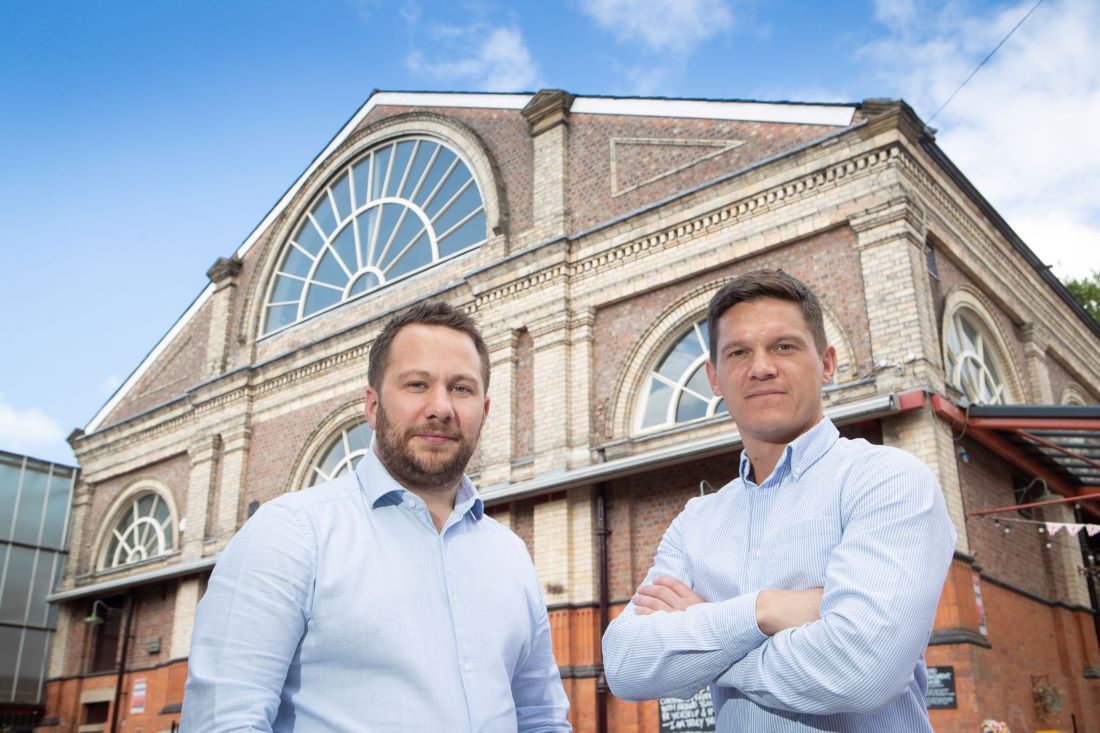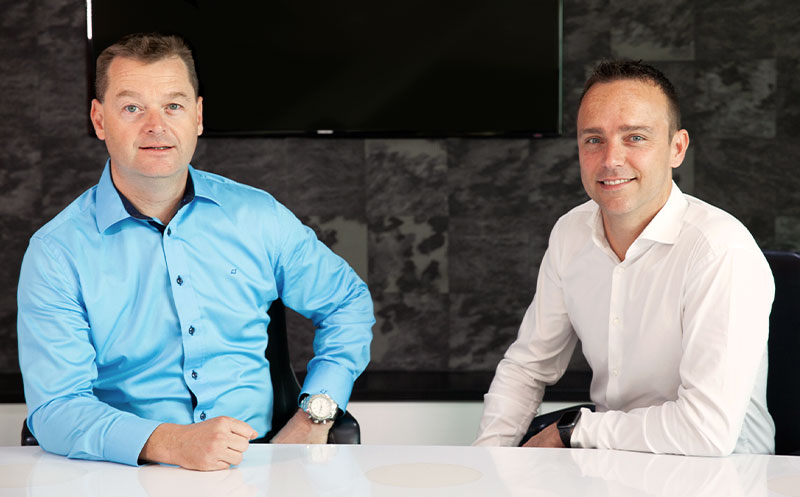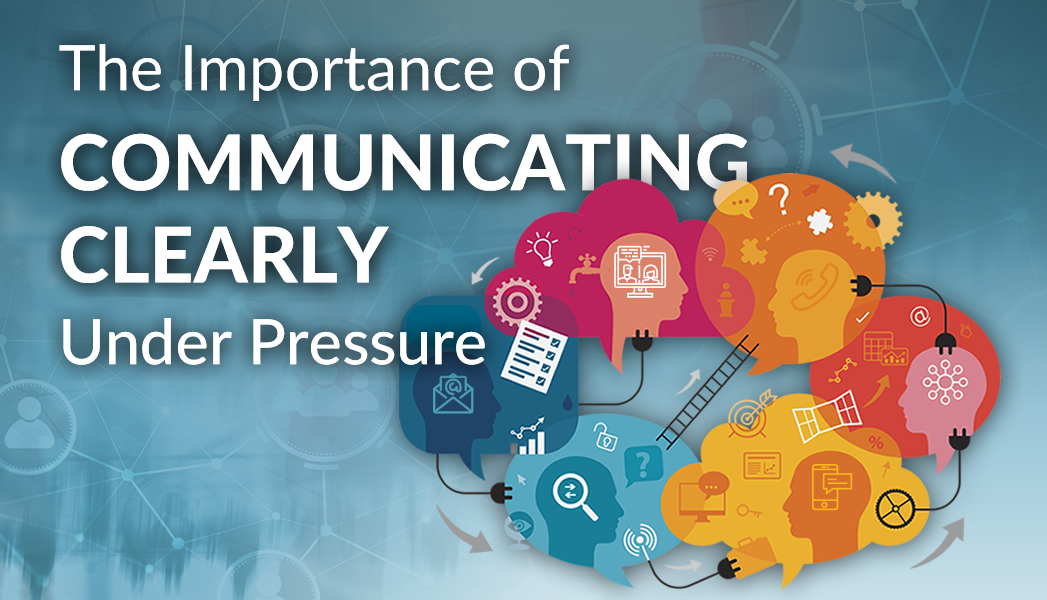
Since the dawn of the 21st century, the tech industry has surged and evolved through countless groundbreaking innovations. But in the ongoing pursuit of digital transformation, layoffs in the sector have become an unwelcome trend. We saw it in the aftermath of the pandemic with the industry increasing its layoffs by 649% in 2022, which is the highest since the dot-com bubble burst.
Traditional job roles are being redefined and we’re experiencing businesses across all sectors reshape their workforce to accommodate this shift. Take the gaming industry for example, tech giant Microsoft recently confirmed a wave of layoffs of up to 1,900 employees. With reports indicating that the team responsible for bringing physical media to retail being one of the major casualties, it signals a further shift to a digital-first future.
These layoffs signify a concerning trend. While the industry adjusts to the current climate, for us PR professionals, it raises the question as to whether there are still merits for print and traditional media in this rapidly changing digital landscape, or are they destined to become a relic of the past?
The layoffs to Microsoft’s gaming division and the rumours of their abandonment of physical media indicates the overall industry’s shift from traditional media. Technological breakthroughs have paved the way for digital platforms which offer the allure and appeal of immediacy, interactivity and accessibility. News and information can be distributed globally in a matter of seconds to million upon millions of viewers across numerous platforms, which allows for real-time engagement.
Additionally, we’ve seen numerous news organisations scramble to adapt to changing consumer habits and put their focus towards efficient digital delivery methods for news and content. To combat declining print circulation figures and lower social media referrals, we’re seeing an increasing number of publisher groups flocking to integrate WhatsApp’s Channels and Communities features – where publications can broadcast articles and content to WhatsApp readers who subscribe to their feed, whilst Communities allows publishers to interact with their readership more closely through curated groups.
Reach, the publishing powerhouse that owns the likes of The Mirror, Manchester Evening News, The Express and countless other titles, already boasts more than 80 WhatsApp communities with around 100,000 subscribers – delivering several million page views a month.
It might seem that the demise of traditional media is inevitable given these new means of delivering tailored news content to readers, but the medium still has plenty of merits. Print, for example, has a tactile quality that digital platforms struggle to replicate to this day. For many people, the feel of a newspaper or a glossy magazine in your hands, the rustle of pages turning; these sensory experiences not only feel authentic, but digital news outlets simply cannot replicate this. And with OpenText finding that 80% of global workers experiencing information overload, the simplicity of print can offer a respite to a relentless barrage of notifications and alerts.
Additionally, traditional media formats still carry a weight of credibility, making them trusted sources of factually correct information. And in the age of social media and the worryingly growing trends of fake news and deepfakes, this is even more important. According to research from McKinsey, at least 50% of the Gen Z generation see news via social media platforms and up to 15% of people aged 18-24 digest their news through TikTok. Traditional media, thanks to its strict editorial rigor and fact-checking processes, can reinforce themselves as reliable sources of information. In a time when the authenticity of information is often questioned, this can be invaluable in print’s fight for survival.
The questions surrounding the life expectancy of print and traditional media in a world that is continuously embracing digital feels like one that has been asked for some time now. Will print and traditional media formats die? Probably not. The debate around traditional vs digital isn’t straightforward, it’s far more nuanced and calls for an understanding of the evolving needs and preferences of audiences. While there are undoubtedly huge benefits that digital platforms and content streams can offer, there’s still enough weight behind a top-quality print publication. Rather than putting our eggs in one basket, we must strive to find the balance between the old and the new, to maximise the benefits each medium provides.









